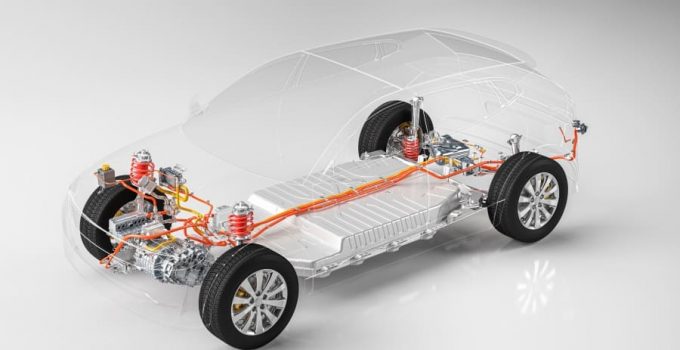
IWD (Individual Wheel Drive) is an individual all-wheel drive system, with which electric cars will be equipped with. With this system, each wheel is driven by its own electric motor. Thanks to this technology, handling and stability of the car are improved in various road conditions.
Principle of operation
All signals are transmitted through a Bluetooth module sent a microcontroller. The control unit then turns on 4 DC permanent magnet motors. Each motor can spin at up to 1200 rpm and power the wheel it is mounted on. The power transmitted to each motor is set using a special driver circuit.
The IWD has a separate stepper motor for the steering system. It receives the signals directly through its own microcontroller.
Pros and cons of IWD equipped vehicles
| Advantages | Disadvantages |
| If a wheel hub motor fails, they will work remaining further. Their total output is sufficient to drive the car to the nearest workshop or gas station. | Depending on the version, the batteries have to be charged every 80-160 kilometers. |
| The wheel hub motors are easily interchangeable. | Battery charging takes a long time. |
| Low weight due to the absence of heavy axles | High Price |
